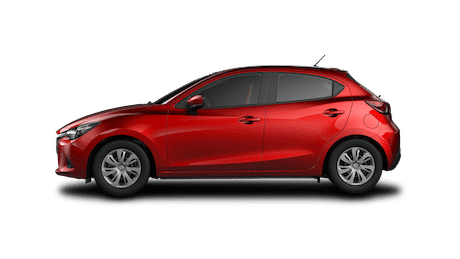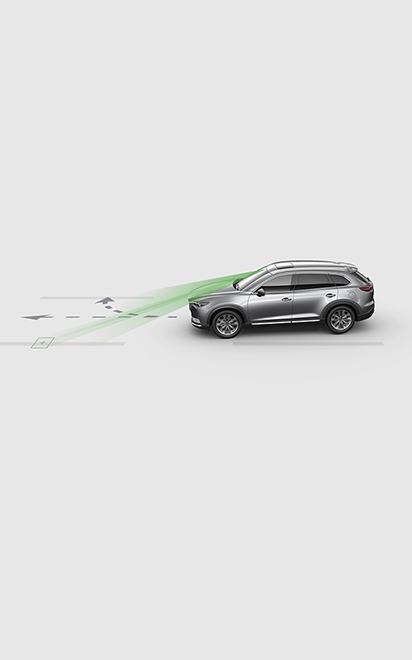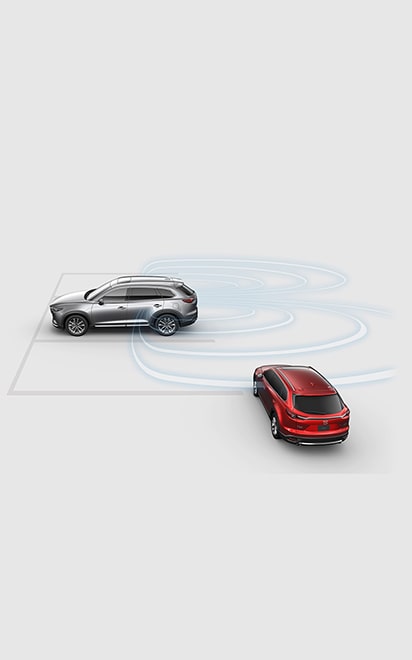
Mazda2
Sports Wagon

We designed the all-new Mazda CX-30 for those who create their own stories. Who go wherever opportunity takes them. Who design the life they choose and share it with the ones they care about.

The design philosophy of the Mazda CX-30 is called "charge and release." Imagine a single stroke of ink that starts from above the front tires, flows toward the back and release its energy. The result is a form that energizes the driver, even before they get behind the wheel.
The weather can change in an instant. That’s why Mazda’s uniquely smart available i-Activ AWD® all-wheel-drive system is always on alert.
Mazda CX-30, the pure beauty of ‘less is more’. Clean curves and undulating surfaces, embracing and reflecting the surroundings
A new departure in the art of creative living. Inside, the cabin is a study in premium materials and superior craftsmanship.
Inviting you to relax and savour every moment. Lavishly appointed, with controls exactingly planned around the driver
Confidence-building reassurance for the driver, and an enjoyable driving experience for all occupants. These are the fundamental aims of Mazda Proactive Safety. And with these twin goals, Mazda expanded the concept of safety, taking it beyond the conventional thinking on advanced safety technologies to also include the driving position, information layout, visibility, and driving dynamics.
Inattention and fatigue are a common cause of accidents. Driver Monitoring’s infrared camera and LED mounted in the centre display constantly check the driver for drowsiness, inattention and fatigue at two levels: Attention (onset of inattention or drowsiness) and Caution (increased levels).

LDWS employs a forward-sensing camera to monitor lane markings on the road ahead, constantly checking whether the vehicle is correctly centred in the lane.

CTS helps reduce driver fatigue when in traffic jams on the highway. When engaged, CTS automatically controls vehicle speed to keep a suitable distance from the vehicle ahead, and also assists with steering torque to maintain proper lane position through bends.

When entering a T junction, collisions with vehicles approaching from the front left and right blind spots can easily occur. FCTA uses front-side radars to monitor these front diagonal blind spots and warn the driver of approaching vehicles.


When reversing, low objects behind the vehicle are hard, or even impossible, to see from the driver’s seat. SBS-R’s rear-facing ultrasonic sensor detects such obstacles behind the vehicle when reversing at speeds between approximately 2 and 8 km/h
Your driving position affects every interaction you have with the car. It’s where driving pleasure begins, and it’s one more place where Mazda puts the focus on you to assure natural posture and ultimate ease of operation
Knowledge is power, but poorly presented information results in stress and confusion. So Mazda’s HMI is entirely human-centric in its design, keeping you informed while leaving you free to concentrate on driving.
From the time we learn to walk, we learn to control our centre of gravity — and thus our balance — entirely without conscious thought. It becomes as natural as breathing. And it is the inspiration for Mazda’s Skyactiv-Vehicle Architecture, aimed at enabling you to fully maintain your balance even inside the vehicle
GVC Plus is one more way Mazda’s human-centric engineering makes vehicle movement more responsive, more confidence inspiring and just more comfortable.